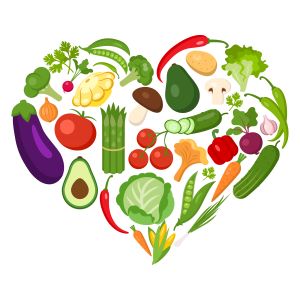KIDS AND TEENS TRANSITIONING TO VEGANISM
By Sundari Maharajh, VRG Intern
A common obstacle to kids and teens looking to become vegan is the fact of their parents now having to adjust their routines to accommodate the change. For example, a parent might have to cook an entire separate dinner for just one kid, which can be frustrating and time consuming for the parent. This creates a struggle on both sides that could discourage a child from making the switch to veganism.
VRG intern Anayeli Camacho echoes this experience, sharing, “When I transitioned to vegan, I was the only one in my family and knew no one that was vegan. I made the decision after seeing videos and posts on Pinterest, then researching the treatment animals endured during mass production farming. To make a decision so grand like that takes discipline and strength.” Anayeli’s words resonate deeply with me and many other young vegans. It takes immense discipline and strength of conviction to go against the grain of your upbringing and social circles.
Oftentimes our social worlds are so deeply intertwined with food traditions, and gatherings often revolve around non-vegan dishes. As Anayeli points out, “Most gatherings have food, and our day to day [lives] hear different peoples’ versions of what nutritious food is. With those temptations and influences, it’s difficult to stay strong to our mission to create a more plant-forward world.”
I’ve certainly faced these challenges myself, such as not being invited to eat with your friends because the restaurant does not have veggie options. It can be isolating and frustrating to eat differently than everyone around you, especially when it comes to school lunches. In my experience, the options for vegan students in school cafeterias have been limited at best. However, Anayeli reminds me that most of us “didn’t make that decision because it would be easy. We made the decision to change our food choices and lifestyle because we know how important it is for the animals, planet, and ourselves.” Holding onto that deeper purpose and moral belief system is what has kept me going, even on the most difficult days. We have to remind ourselves why we wanted to become vegan in the first place.
The good news is that there are ways to make the transition to veganism easier. When people think of vegan food, a common misconception is that you need to buy specialty ingredients like tofu and soybean-based meat alternatives to eat vegan. The truth is many household foods are already vegan; however, we do not mentally categorize them as such. Simple swaps like replacing a meat-based sandwich with a peanut butter and jelly, or swapping ranch for hummus, can create a familiar, tasty vegan meal. While the journey is certainly not without its challenges, I’m excited by the growing availability of vegan resources and options for young people. While the transition might be hard now, it will get easier as you establish yourself in this world as a vegan. Continue researching about the meat industry, become involved in volunteering, read books, watch documentaries, and immerse yourself in this information. As Anayeli so eloquently states, “Reminding yourself of why you were motivated to become vegan in the first place is the key to continuing.”
For more information, see
Vegan Nutrition in Pregnancy and Childhood

